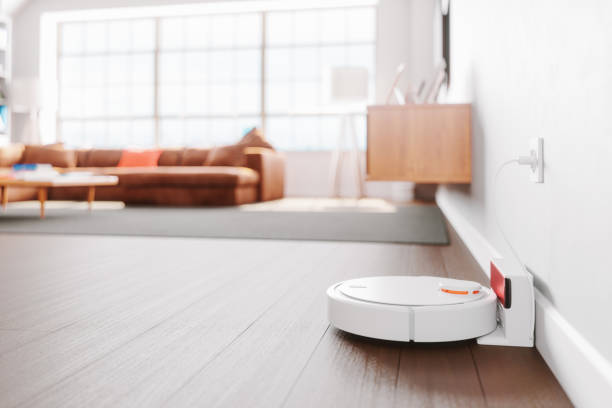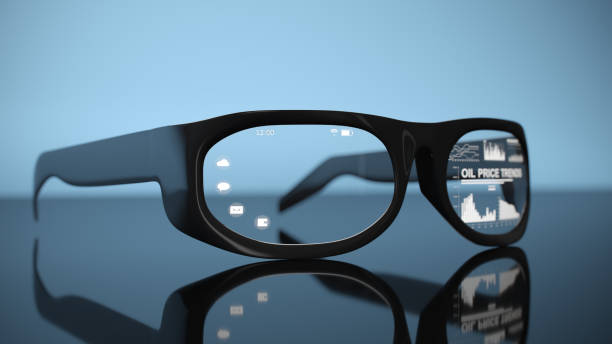The Era of Smart Dust: Tiny Tech with Huge Potential
In the realm of microtechnology, an intriguing concept is starting to make waves — Smart Dust. These minuscule, wireless sensors offer a fresh perspective on data collection and surveillance, promising remarkable advancements in numerous sectors. From environmental monitoring to military applications, the potential of Smart Dust is nothing short of revolutionary.

A Glimpse into the Past: The Genesis of Smart Dust
The concept of Smart Dust was born in the late 1990s at the University of California, Berkeley, under the Defense Advanced Research Projects Agency (DARPA) funding. The idea was to develop tiny, autonomous sensors capable of collecting and transmitting data from their surroundings - a new way to interact with the world around us.
These tiny computers, no larger than a grain of sand, were to be equipped with sensors, wireless communications capabilities, and independent power supplies. The primary goal was to develop a system that could monitor everything, everywhere, all the time. The concept was ambitious, and while the technology has been developing over the past few decades, we are still on the cusp of realizing its full potential.
The Current State of Play: Smart Dust in 2022
Today, the development of Smart Dust is still very much an active area of research. Recently, scientists at the University of Michigan unveiled the Michigan Micro Mote (M^3), the world’s smallest computer. Measuring just 0.3mm to a side, smaller than a grain of rice, it demonstrates the impressive progress made in miniaturization technology.
Moreover, the market for Smart Dust is projected to grow exponentially in the coming years. According to a report by Markets and Markets, the Smart Dust market could reach an estimated $1,839.8 million by 2023, driven by advancements in miniaturization technology and increasing demand in sectors like environment monitoring, health, and military.
The Financial Forecast: Pricing and Market Impact
Given that Smart Dust technology is still in its research and development phase, a concrete pricing model is not yet available. However, with the projected market growth and potential use-cases, the price range could vary significantly depending on the scale of application and the sophistication of the technology involved.
The market impact of Smart Dust is expected to be substantial. Its potential applications are vast, from environmental monitoring to healthcare, industrial automation, and even space exploration. The ability to collect data on a micro-scale could revolutionize these industries, driving innovation and potentially leading to breakthroughs in several fields.
The Future of Smart Dust: Limitless Potential
While the journey to the widespread use of Smart Dust is still underway, the technology’s potential is undeniable. As we continue to make strides in miniaturization and wireless communication, the reality of ubiquitous, invisible monitoring moves closer.
Given the pace of technological development, it may not be long before Smart Dust becomes a part of our everyday lives, quietly gathering data and offering insights on a scale previously unimaginable. The era of Smart Dust may well be upon us, promising a future where data is literally plucked from the air.
In conclusion, Smart Dust represents a significant leap forward in our ability to monitor and interact with the world around us. Though still in its infancy, this tiny tech has the potential to change our lives in a big way. The future is here, and it’s smaller than a grain of sand.





